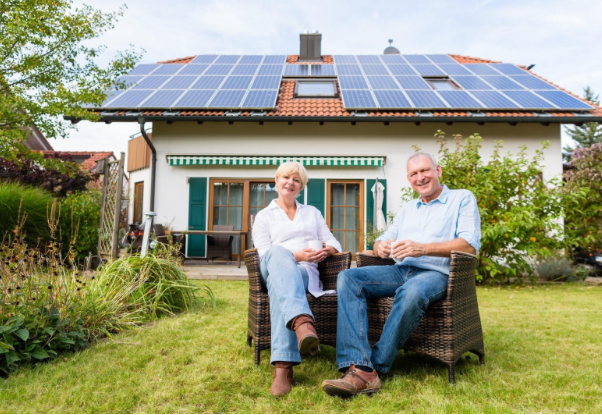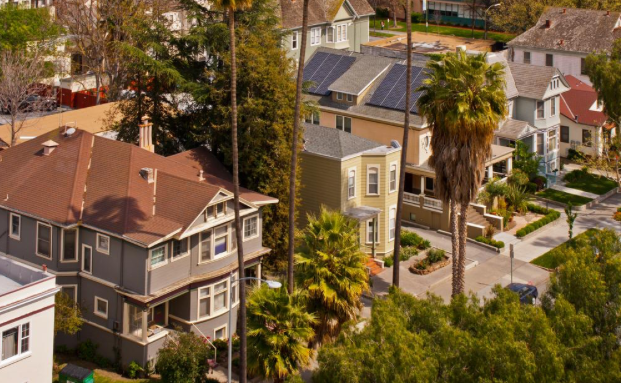- 23 reads


Across the board, architects and city planners are adopting creative solutions to make their designs more sustainable and energy-efficient. Specifically, many are aiming for a net-zero energy standard, which returns as much energy back to electrical grid (or more) than they use.
However, because these cutting-edge homes haven’t yet been widely adopted, the information about them can be hard to come by. Here’s a rundown about net energy homes and how you can be on your way to a zero carbon footprint.
What is a Net-Zero Energy Home?
Unfortunately, this question doesn’t have a completely straightforward answer. In fact, definitions can vary from region to region or even from one organization to another. However, most agree that a designated net-zero home is one that produces more energy than it consumes. While still on the fringe, net-zero construction is rapidly gaining popularity, with 33 percent more projects across the United States and Canada meeting the strict criteria to be considered net-zero in 2016, according to the Net Zero Energy Coalition. It’s this demand—as well as industry advances and government incentives—that’s forcing a marked decline in pricing. A prime example for this trend is solar energy, which is almost always a key element in any net-zero home. Solar panels have decreased in price by a whopping 60 percent since 2008, while also increasing their overall efficiency.
Geothermal heating and cooling is another typical system found in most net-zero homes. Climate controls account for roughly 48 percent of the average American home’s energy usage, but a geothermal system can reduce that number by up to 70 percent. Ground temperatures are always a constant 55 degrees, regardless of what the ambient air temperature. Geothermal heating and cooling works by moving heat through a series of small pipes—from the ground up in winter and vice versa in summer—rather than burning fuel to create it. As more contractors begin to offer this climate control system, the required investment will only decline for homeowners. Because of these advances, what was once simply unattainable for the average homeowner is going to be the industry norm regardless of the price point in the not too distant future.

What is the future of the energy-saving community?
It’s impossible to have a conversation about net-zero homes without talking about home automation. Whether it’s a smart thermostat that learns your family’s habits or automated washers and dryers that only operate at off-peak energy times, the Internet of Things (IoT) has helped make all our lives more convenient, not to mention more energy efficient. For a net-zero home to be truly attainable, though, those individual components need to work together. A home energy manager will be a central hub that will allow homeowners to monitor their energy consumption, as well as be able to detect a leak instantly.
In the same way that different components will need to work together in order to be truly energy efficient, so will entire communities. Prefab green homes will make green technologies and innovations attainable for any construction budget. When these net-zero prefab homes are then connected to an entire neighborhood like the EnVision community in Clovis, CA and the Mueller community in Austin, TX have done, sustainability becomes accessible for everyone.
With industry innovation and a thought towards sustainability, net-zero homes can and will be the future for all of us.
About the Author:
Courtni Wisenbaker-Scheel is a mother of two, and lover of all things Danish modern. She enjoys writing for the home improvement leads experts at Modernize, with the goal of empowering homeowners with the expert guidance they need and to connect them to qualified contractors

